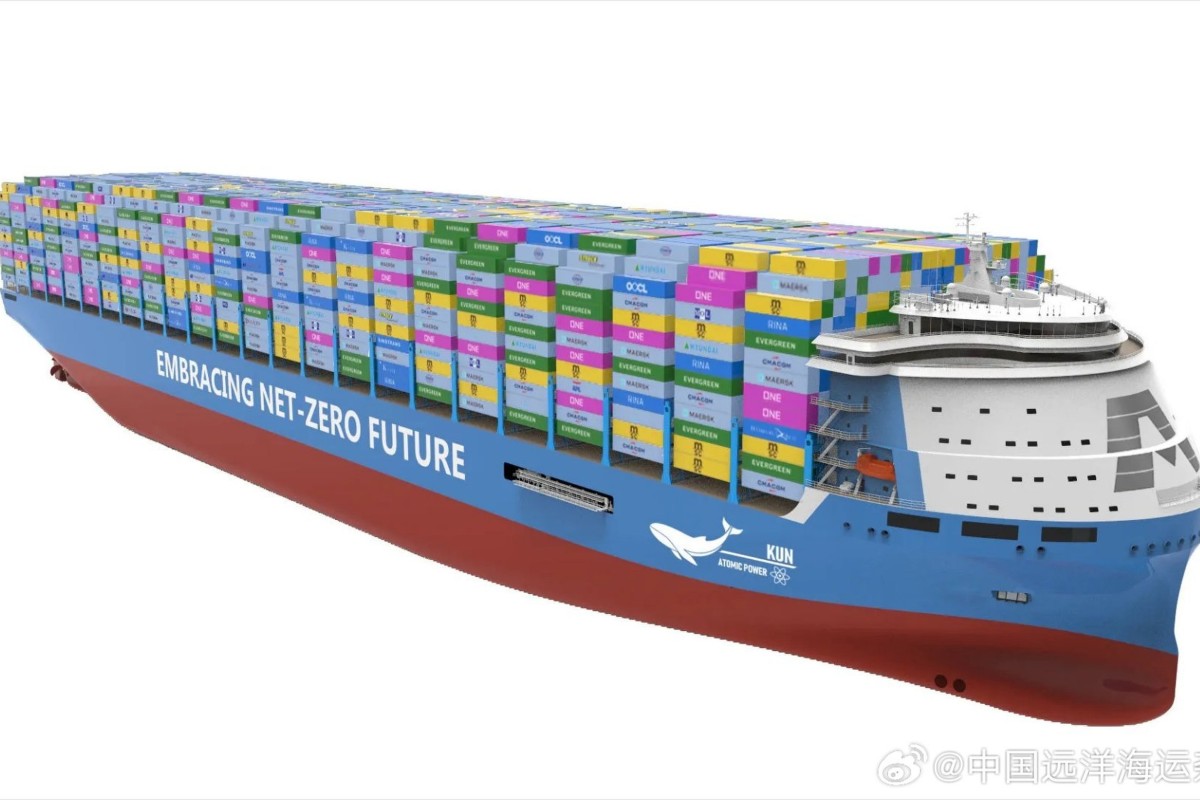Here the KUN-24AP container ship would be a massive departure with its molten salt reactor. Despite this seemingly odd choice, there are a number of reasons for this, including the inherent safety of an MSR, the ability to refuel continuously without shutting down the reactor, and a high burn-up rate, which means very little waste to be filtered out of the molten salt fuel. The roots for the ship’s reactor would appear to be found in China’s TMSR-LF program, with the TMSR-LF1 reactor having received its operating permit earlier in 2023. This is a fast neutron breeder, meaning that it can breed U-233 from thorium (Th-232) via neutron capture, allowing it to primarily run on much cheaper thorium rather than uranium fuel.
An additional benefit is the fuel and waste from such reactors is useless for nuclear weapons.
Another article with interviews: https://gcaptain.com/nuclear-powered-24000-teu-containership-china/



deleted by creator
They’ve been saying fusion is right around the corner since the 50s. What’s the chance they’re right this time?
deleted by creator
They’re much more right than they were in the 1950s.
There are multiple reactors right now, utilizing different design approaches, which can fuse and contain plasma. The work right now is on increasing the net-energy and reaction time
Dunno. I also don’t know if they were containing plasma in the 50s.
They weren’t.
Every country has huge deposits of thorium.
deleted by creator
China has a lot of mining operations and therefore a ton of thorium just laying about.